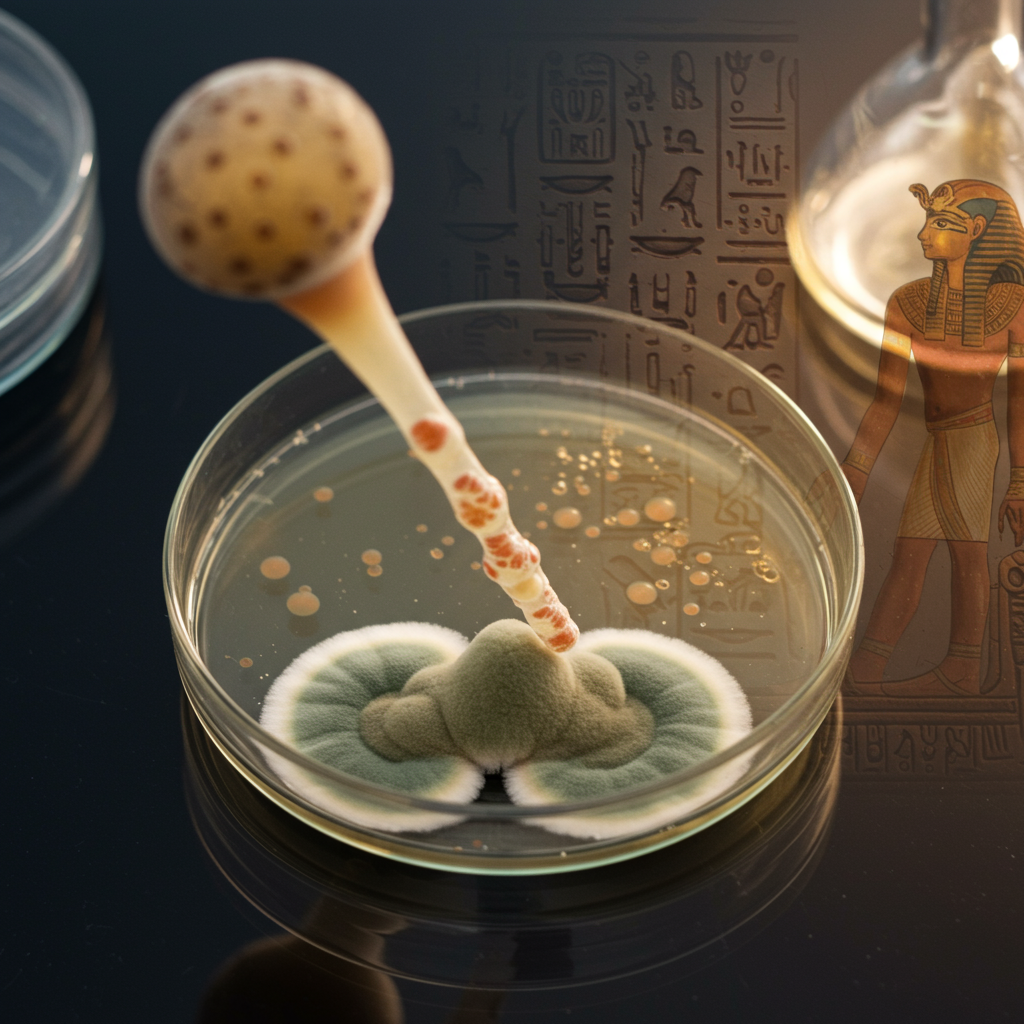Speaking at a NATO summit in The Hague, US President Donald Trump offered his perspective on Russian President Vladimir Putin, the ongoing conflict in Ukraine, and the future of European security, suggesting that Putin’s ambitions might extend beyond the current warzone.
Addressing reporters, Trump was asked if he considered Putin an enemy and if further invasions by Russia were possible. Trump responded, stating, “It’s possible,” and described Putin as a “person who I think is misguided.”
Trump claimed to be in regular contact with the Russian leader, particularly regarding the situation in Ukraine. He recounted a recent interaction where Putin allegedly offered to mediate in the Middle East conflict. Trump stated he declined, telling Putin, “‘Can I help you with Iran?’ I said no, you can help me with Russia.”
Expressing his view on the Ukraine conflict, Trump asserted that Putin wants to end the war, calling it “a mess for him.” He added, “He would like to settle. He would like to get out of this,” and claimed to have told Putin, “‘You help me get a settlement with you,’ and I think we’re going to be doing that soon.”
Regarding his well-known past assertion that he could end the conflict within 24 hours, Trump clarified at the summit that the remark was made “sarcastic[ally].” He acknowledged that negotiations to resolve the war have proven “more difficult that anyone had thought” and that Putin himself is “more difficult” than anticipated.
Challenges to Peace Remain Steep
Despite Trump’s expressed optimism about reaching a settlement soon, reports from ongoing diplomatic efforts highlight the deep-seated obstacles to achieving a durable peace. Recent direct talks between Russia and Ukraine, including discussions facilitated by Turkey in Istanbul, have yielded limited progress, primarily on humanitarian issues like prisoner and body exchanges. Core disagreements over territory, sovereignty, and Ukraine’s future alignment remain significant hurdles, with Kyiv consistently refusing to cede occupied land or abandon its aspirations for NATO membership. Russia, meanwhile, has shown a preference for military objectives, making comprehensive ceasefire agreements elusive.
Meeting with Zelenskyy and Potential Aid
On the sidelines of the NATO summit, Trump also held a meeting with Ukrainian President Volodymyr Zelenskyy. Zelenskyy described the discussion as “substantive,” covering ways to achieve a ceasefire and “real peace,” protect the Ukrainian people, and potentially collaborate on drone co-production. Zelenskyy said he relayed “the facts of what is happening on the ground” to the US president. Trump characterized the meeting as “good” and found Zelenskyy “very agreeable,” despite acknowledging they had “rough times” previously.
When questioned about potentially supplying Ukraine with additional Patriot air defence systems, Trump confirmed he is considering it, stating, “we are going to see if we can make some of them available,” while noting these systems are “very hard to get.”
NATO Defense Spending Increase
Beyond discussions on the conflict, Trump hailed a significant development at the summit concerning NATO defense spending. All 32 member states agreed to increase their defense expenditures to 5% of their GDP within the next decade. Trump characterized this consensus as a “big win” for both the United States and the West, an area he has long advocated for member nations to improve. The broader commitment to collective defense under Article 5 was also a topic of discussion among allies, amid continued concerns about the security environment in Europe.
Trump’s comments underscore the complex geopolitical landscape involving Russia’s ongoing aggression, the stalled peace process in Ukraine, and evolving dynamics within the NATO alliance concerning defense readiness and member contributions.


